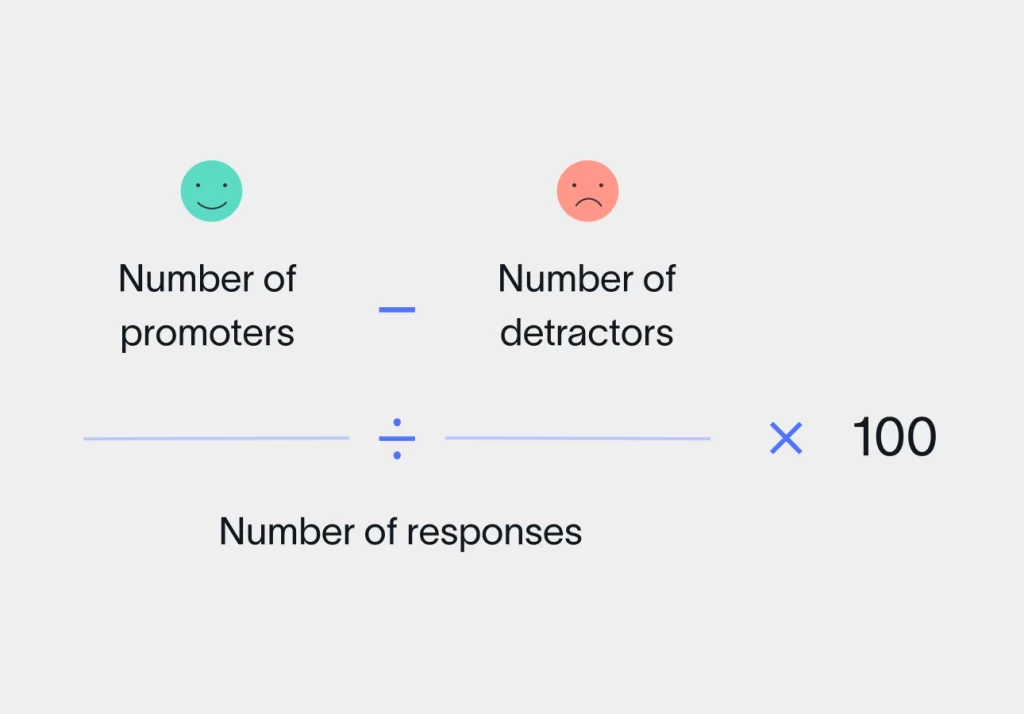Preference Shares in Private Limited Company
Preference shares or preferred stocks are company stocks which extend dividends to its shareholders. Though such shares extend a fixed dividend, they do not come with any voting rights. Notably, a company often issues different types of preference shares which are distinct in their features and associated benefits. What are Preference Shares? Preference shares or preferred stocks come with a preferential right when it comes to the distribution of dividends or during the liquidation of a company. It means, in both situations, preference shareholders are given more priority than other shareholders. Typically, preference shares are released to raise capital for the company, which in turn is known as preference share capital. It must be noted that preferred stockholders are partial owners of a company, but unlike common shares, preferred shares do not come with any voting rights. However, shareholders’ opinions may be taken into consideration during dissolution or altering the functions of an existing venture. Notably, the decision to announce dividends on preference shares lies entirely on the company’s management. Experienced investors and those who wish to stay invested in the market for a long time, find this share suitable. The fact that preference shares generate substantial earnings makes it a viable option for risk-takers. Types of Preference Shares Cumulative Preference Shares Holders of cumulative preference shares are entitled to receive the divided for a year in which dividends could not be paid due to losses or inadequate profit in the subsequent year(s) whenever there are sufficient profits. Non-Cumulative Preference Shares Holders of non-cumulative preference shares are NOT entitled to receive the dividend for a year in which dividends could not be paid in the subsequent year(s). Therefore, for non-cumulative preference shares, the right to dividend for a year cannot be carried over in subsequent years. Participating Preference Shares Participating preference shares are eligible to receive surplus profit or dividends in the company, in addition to being entitled for fixed dividend. Non-participating Preference Shares Non-participating preference shares are those shares that are not entitled to participate in surplus profits of the company. Non-participating preference shares are only entitled to fixed dividend payments. Redeemable Preference Shares Redeemable preference shares are those shares that would be redeemed by the company within a period of 20 years from the date of issue. Irredeemable Preference Shares Irredeemable preference shares are those preference shares that would NOT be redeemed by a company. Companies in India are not allowed to issue irredeemable preference shares. Convertible Preference Shares Convertible preference shares can be converted into equity shares of the company as per the terms and conditions of their issue. Non-convertible Preference Shares Non-convertible preference shares are not convertible into equity shares of the company but still have preferential rights to payment of capital in the event of winding up of the company. Issuing Preference Shares in a Private Limited Company A private limited company or limited company having share capital may issue preference shares, if authorized by the articles of association of the company, subject to the following conditions: The issue of preference shares by the company is authorized by passing a special resolution in a general meeting of the company; AND The company, at the time of such issue of preference shares, has not defaulted in the redemption of preference shares issued either before or after the commencement or in payment of dividend due on any preference shares. In addition to the above, the company issuing preference shares must set out in the articles of association of the company, the following regulations: Priority of preference shares with respect to dividend payment and repayment of capital over equity shares; Participation in surplus funds of the company; Participation in surplus assets and profits, on winding up of the company; Payment of dividend on cumulative or non-cumulative basis; Conversion of preference shares into equity shares; Voting rights of the preference shares; Redemption of preference shares; Difference Between Equity Shares and Preference Shares This table highlights the basic differences between equity shares and preference shares. Parameter Preference Share Equity Share Definition It offers preferential rights in terms of receiving dividend or capital amount. It represents shareholders’ ownership in a company. Rate of dividend Dividend payout’s rate is fixed. Dividend payout’s rate fluctuates with more earnings. Dividend payout Preferred stockholders are given more priority over common stockholders during dividend payment. Shareholders avail dividend only after other liabilities have been paid. Bonus shares Shareholders may receive bonus shares against current shareholdings. Shareholders may receive bonus shares against their shareholdings. Capital repayment Capital repayment is made before equity shares. Capital is repaid at the end. Voting rights Shareholders do not enjoy voting rights. Shareholders avail voting rights. Participation in management Shares do not come with management rights. Equity share allows shareholders to partake in company management. Convertibility Preferred stocks can be converted. Equity stocks cannot be converted. Arrears of dividend Shareholders may receive a cumulative dividend. Shareholders are not entitled to avail cumulative dividends. Types Preference shares and its types include, convertible, non-convertible, participatory, non-participatory, cumulative, non-cumulative, etc. They are simply classified as ordinary or common stock of a company. Issuance It is not mandatory to issue preference shares. Companies must issue equity shares. Suitability It is considered suitable for investors with low risk-taking capacity. It is considered for investors who can take risks. FAQs What is redeemable and non-redeemable preference shares? The redeemable preference shares are repurchased at a fixed rate on a certain fixed date or by an advanced announcement. On the other hand, non-redeemable preference shares cannot be redeemed or repaid during the company’s operational lifespan. What is the meaning of cumulative and non-cumulative preference shares? A cumulative preference share entitles an investor to dividends that were missed previously. While a non-cumulative preference share doesn’t provide investors to avail of any dividends that were missed earlier.
Preference Shares in Private Limited Company Read More »









